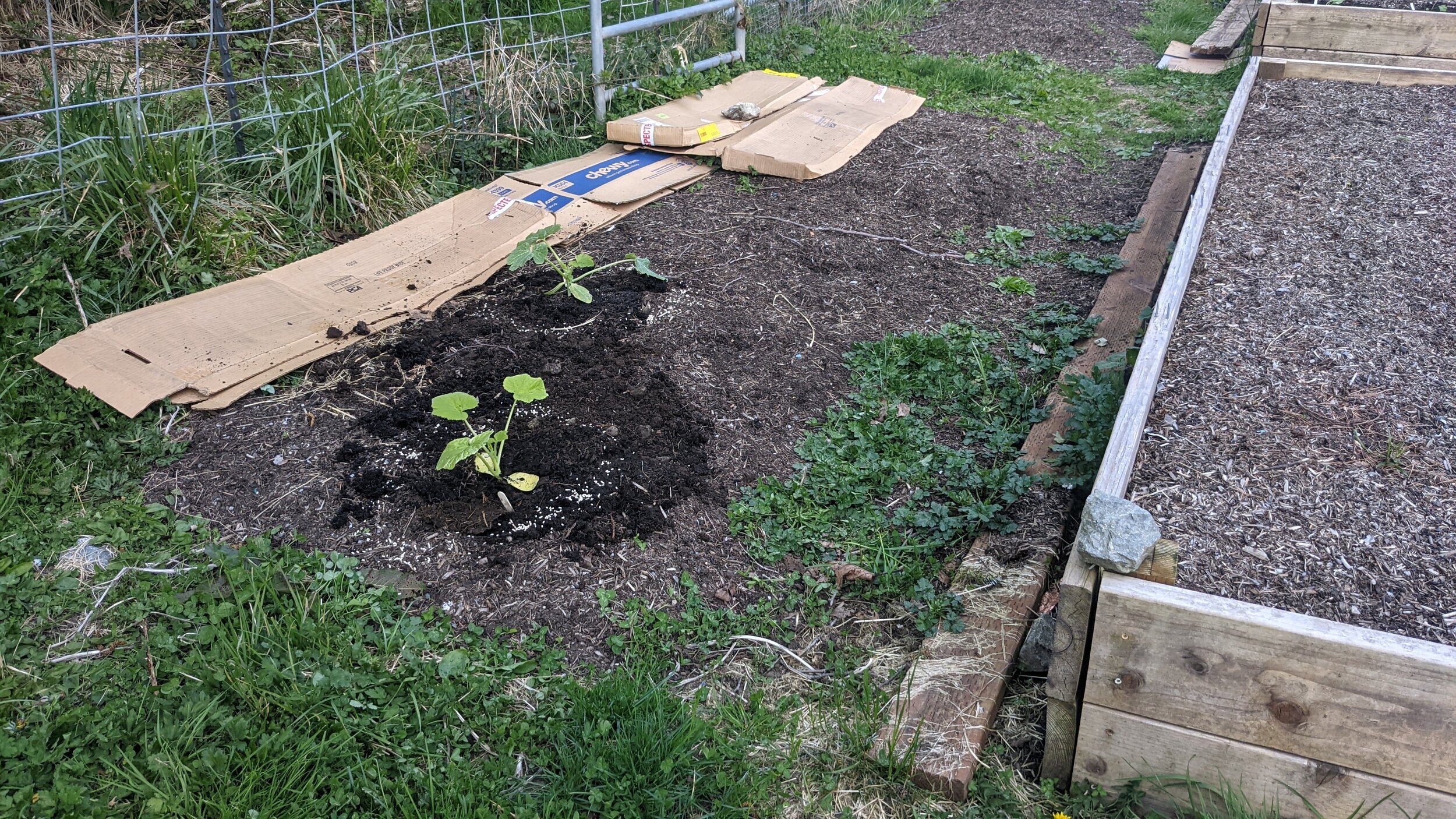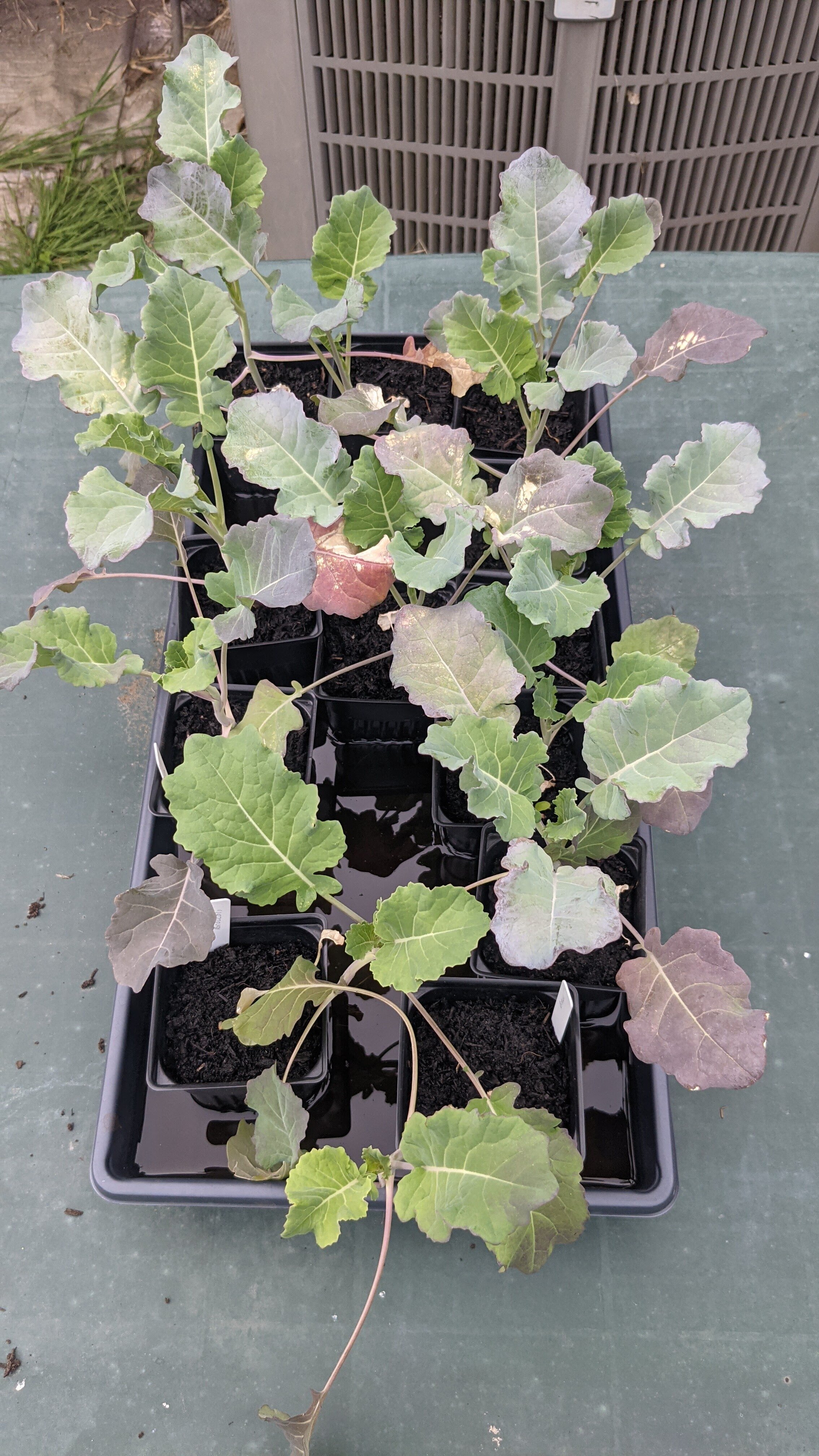5 Things Learned Starting Plants from Seed for the first Time.
The weather has turned and the starts were way past ready to be in the ground. That meant a lot of holes to be dug, but it also meant a transition from empty beds to beds full of life. Last year was the first on the property and all my vegetables were bought as starts from a nursery. This year I wanted to mix it up and so far everything I have planted, I started from seeds. Since this was the first time trying that process, I figured I would put down what I learned.
Know your last frost date
I did the ole search for last frost date for my zip code, put the number down and counted backwards to when to get those seeds started. It was exciting! But turns out there are variances to that date and my plants were ready to go, but the weather wasn’t. What you need to look for is the highest percentage for the last frost date or the last last frost date. I had April 6th in mind and this year it really was May 1st. Realistically I’ll be targeting mid May for the warmer weather crops. Even the broccoli I am going to target mid April as the starts that waited longer indoors are doing much better than the few I experimented with getting in the ground earlier.
Harden your plants
I put my seedlings out for a couple of days and thought, perfect! Two days after planting those, I had a pile of dead foliage and sad looking sticks in the ground. Luckily I only put a few out to experiment, but I need to work on getting better at hardening off my starts. Even those I thought I did pretty well with still had signs of shock. I tried the method Jess from Roots and Refuge outlined, but I don’t think I had my initial timings correct. But with the work commute it made it a bit tougher to get that right.
They started well, but this is just before they gave up the ghost.
How many plants to keep
For the most part I did pretty good with this. I need to note some of the seeds that didn’t germinate well, but I put in some 25 broccoli seeds and they all germinated and grew. My tomatoes did pretty well too, though I ended up killing one of the three cherry tomatoes I really wanted. Overall though I had way more plants than places to put them, so now I have broccoli in a flower bed, cucumbers in random places under trees and by a water storage tank, and tomatoes on the side of the house. It is nice to have the potential for food in multiple places, but next year I need to plan better or have a way to maybe sell some of the extras. That leads into the next one.
The extras, but you can see the shock damage as I tried to harden them off.
Preparations
Figure out where stuff is going to go. I didn’t really do enough planning this year. I basically doubled the growing area, starting with the 2 4x12 raised beds and I added 2 3x12 in ground rows. But I could not really picture how to lay out the seeds I got. So I ended up with a lot of some plants and then never starting some others that I had because I now don’t have room. I also am not sure how well I did with rotations. I did not plant anything in the same place as last year, so that is good, but if I need a 3 year rotation, I am not sure if I will be able to do that. I am also going between electronic and paper documentation and have not decided which works better. I need to get that settled and commit to whichever method I choose.
We’ll see if that is the right amount of carrots, but in the background you can see the final stage of not correctly hardening.
Enjoy the dirt
Finally, when it is time, go enjoy the growth you helped create and embrace the dirt in your hands. I don’t know about you, but the smell of the freshly dug dirt is amazing. Like when it starts to rain. This is the reason you are doing the work, so take it all in. Do not forget to at least take photos to document where things were planted. Then take stock of what you accomplished, and then get ready for the next step of helping them to grow out to their full potential.
They are in, but you can see the extras.




